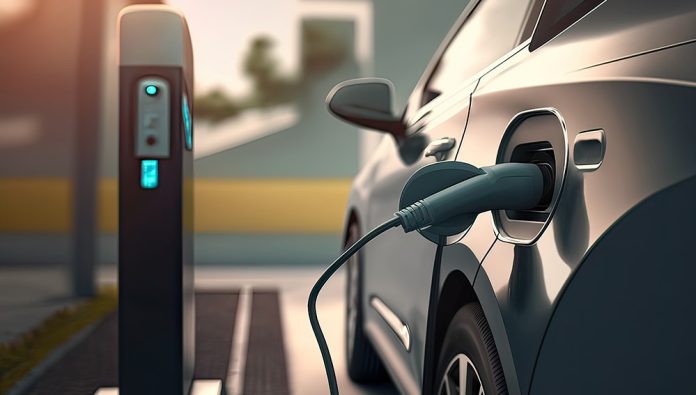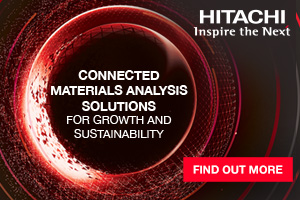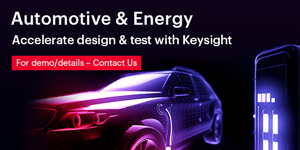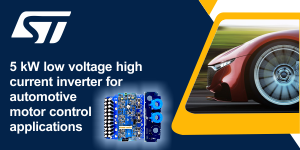If the battery is indeed considered the heart of electric mobility, then the process of charging is its lifeline. Regardless of how advanced or inexpensive an electric car may become; its greatest success lies in its easy and convenient charging. That is why AutoEV Bharat 2025 has put the charging infrastructure at the core of the show, which highlights innovations that will change the way India powers EVs.
Cutting-edge DC fast chargers are one of the exhibition’s major attractions. These systems can provide hundreds of kilometres in less than 15 minutes of driving carbonate: fast charging is a real boon! For long-distance commuters and commercial fleets, this is a game-changing opportunity. AutoEV Bharat 2025 will showcase models that take into consideration Indian conditions from highways and expressways down to rural needs, so that accessibility is available not just to big cities. Through showcasing solutions that give equal priority to urban as well as rural coverage, the show reinforces the point that charging needs to be for all of India.
The whole purpose of charging standardization also ends up being quite important. Today, evoking would-be users or owners would often lead to tales of blocking segmentation: different plugs, different protocols, different payment systems. AutoEV Bharat 2025 brought into the spotlight solutions that unify the charging experience where a driver could simply use one card or a single mobile app across multiple charging networks. This vision of interoperability is crucial for mass adoption, and the exhibition is bringing together companies, regulators, and innovators to showcase how it can become a reality.
The platform brings visitors into the future of charging technologies. Wireless charging on a pilot basis is being demonstrated for buses, taxis, and commercial fleets-would be true plug-and-charge and no cables. Dynamic charging is considered much more futuristic, which could allow vehicles to be charged while they are moving along specially outfitted lanes. While these are still very early days for such concepts, they do give a glimpse into a future where range anxiety is not really a problem.
The other great innovation is on display in the form of vehicle-to-grid (V2G). Here, electric vehicles cease to be mere consumers of electric energy and become active energy assets. When plugged into a V2G charger, an EV can draw power from and send power back into the grid when peak demand occurs. The exhibitors at AutoEV Bharat 2025 have proposed V2G-ready solutions to help India’s renewable energy goals, stabilize the power grid, and create an added economic incentive for EV owners.
Bringing all such innovations under one roof further establishes AutoEV Bharat 2025 as a national catalyst for the charging paradigm shift. For policymakers, it provides a roadmap for building resilient infrastructure across India. And for industry players, it creates a collaborative platform to ensure that charging technologies remain affordable, scalable, and sustainable.
The future of EV adoption in India depends on charging that is fast, standardized, and seamlessly integrated into everyday life. At AutoEV Bharat 2025, that future is not just discussed it is displayed.








